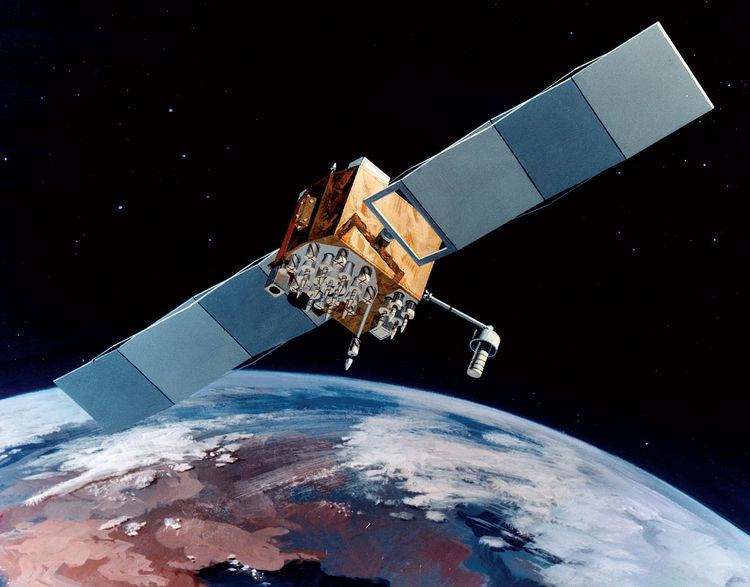Mission type Navigation COSPAR ID 2014-045A Mission duration 12 years (planned) Launch date 2 August 2014 Inclination 55.02° | Operator US Air Force SATCAT no. 40105 Spacecraft GPS SVN-68 (IIF-7) Inclination 55.02° | |
 | ||
Launch site Cape Canaveral Air Force Station Space Launch Complex 41 Similar Kosmos 2501, UniSat‑6, UAPSat‑1, BugSat 1, DirecTV‑14 | ||
USA-256, also known as GPS IIF-7, GPS SVN-68 and NAVSTAR 71, is an American navigation satellite which forms part of the Global Positioning System. It was the seventh of twelve Block IIF satellites to be launched.
Contents
Launch
Built by Boeing and launched by United Launch Alliance, USA-256 was launched at 03:23 UTC on 2 August 2014, atop a Atlas V 401 carrier rocket, vehicle number AV-048. The launch took place from Space Launch Complex 41 at the Cape Canaveral Air Force Station, and placed USA-256 directly into medium Earth orbit.
Orbit
As of 3 August 2014, USA-256 was in an orbit with a perigee of 20,341 kilometers (12,639 mi), an apogee of 20,469 kilometers (12,719 mi), a period of 727.05 minutes, and 55.02 degrees of inclination to the equator. It is used to broadcast the PRN 09 signal, and operates in slot 6 of plane F of the GPS constellation. The satellite has a design life of 15 years and a mass of 1,630 kilograms (3,590 lb). It is currently in service following commissioning on September 17, 2014.
